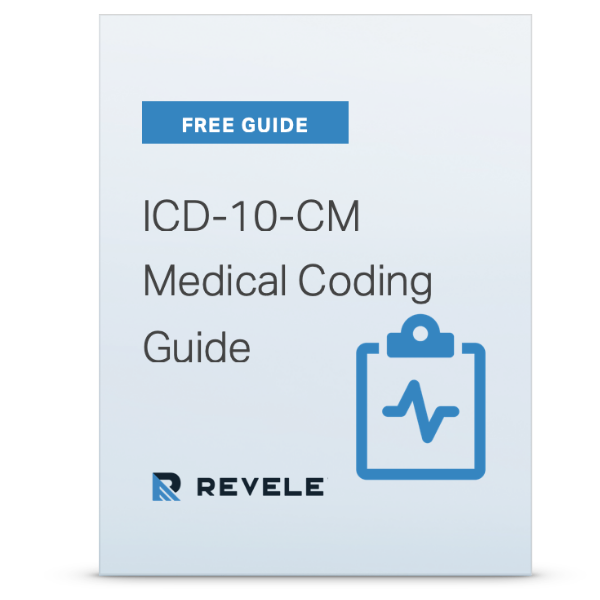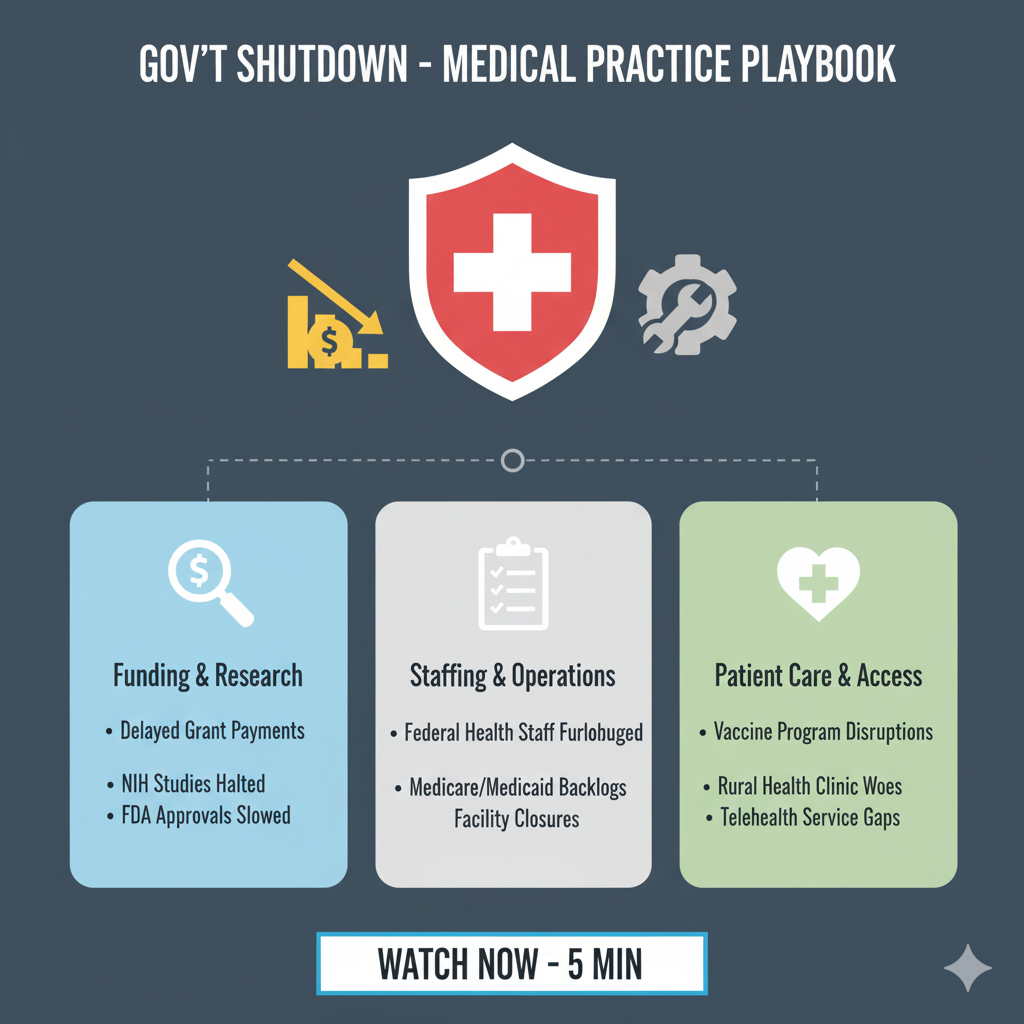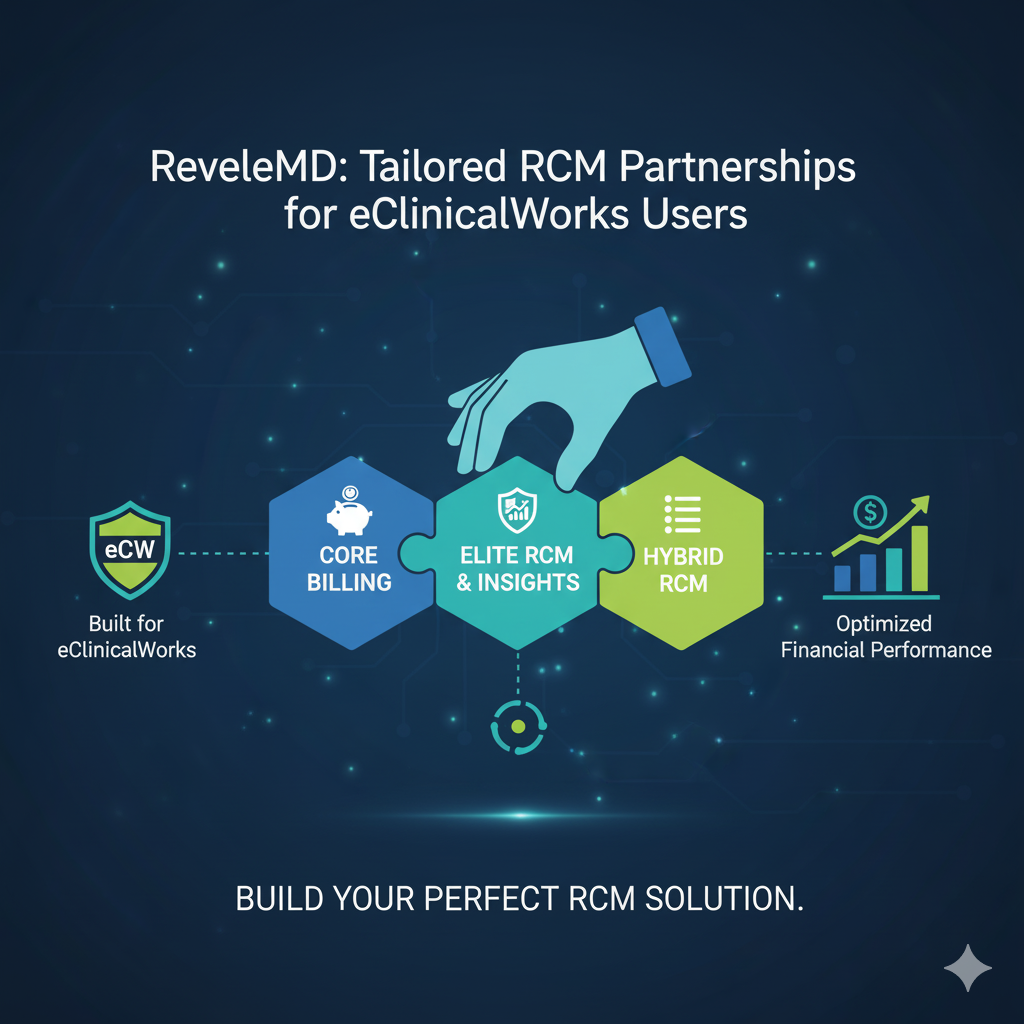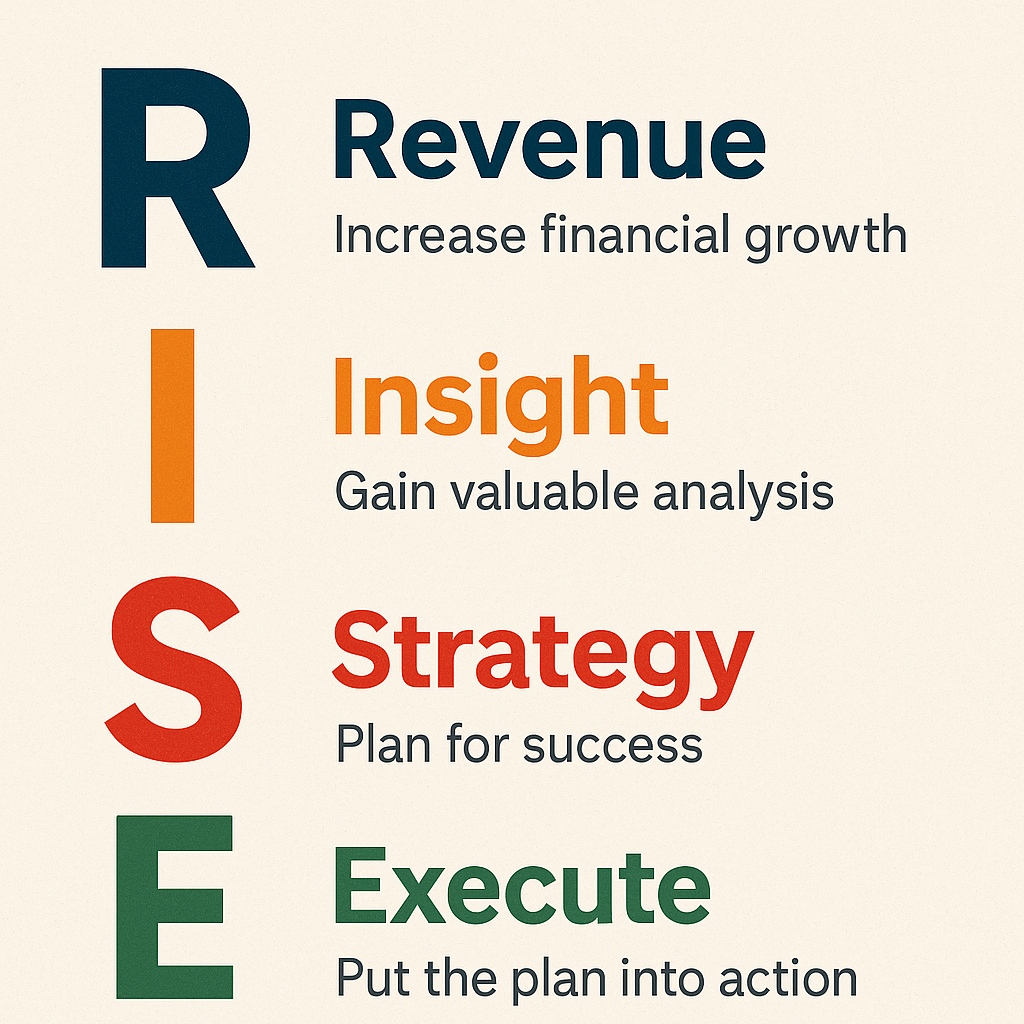Since the start of the COVID-19 pandemic, telehealth has become an increasingly common way for patients to receive care. Ideally, telehealth should integrate seamlessly into your current clinical workflow and shouldn’t disrupt the efficiency and quality of patient visits.
But successfully integrating telehealth into your practice involves more than just enabling video calls. Optimizing your clinical workflow and ensuring your telehealth network works with your current systems is essential to experience the benefits telehealth offers.
Here are a few tips on optimizing clinical workflow for telehealth, so you and your patients don’t compromise on care.
Developing Your Telehealth Workflow
Before you offer telehealth appointments, ensure your team is fully on board. Start by familiarizing doctors, nurses, and staff members with your online interface so that calls are as smooth as possible. Decide when to offer remote visits and how patients can access telehealth scheduling.
A clinical workflow can be divided into three main categories: scheduling, patient visits, and appointment follow-up.
Here’s an example of how telehealth integrates into the clinical workflow from start to finish.
Pre-Appointment: Before the appointment, start by gathering essential information about your patient, just like you would for an in-office visit. Consider sending patients' paperwork digitally to complete before their appointment, and dedicate time to pull up their previous charts for review. Additionally, troubleshoot your video call interface to ensure the camera and microphone are working correctly.
During the Appointment: Before you start the video call, ensure you have a quiet and private space to sit during the meeting. During the appointment, it may be helpful to have the patient’s notes pulled up on a separate screen so you can view their information while video chatting. It’s also essential to make an increased effort to engage with your patients since video calls are sometimes awkward or intimidating – you want your patient to feel as comfortable as possible.
Post-Appointment: Document any important data you acquire during the appointment for future reference and send follow-up reminders if your patient needs to see you again soon. Decide on the best way to bill your patients, or their insurance providers, for virtual visits and send invoices ASAP.
Tips to Improve Your Workflow
Once your telehealth system is up and running, you can tweak operations as needed to streamline workflow.
Here are a few ways to improve workflow using simple telehealth features.
#1 Use Automated Appointment Reminders
Instead of adding another task to your administrators’ to-do list, send automatic appointment reminders to patients a few days before their visit. When life gets hectic, it’s easy to forget about appointments, especially when you don’t need to visit the office in person. Automated appointment reminders reduce missed appointments and minimize administrative work.
#2 Use Online Intake Forms
If fewer patients visit in person, use a secure online interface to send patients their intake forms ahead of the appointment. You can also offer online intake forms for in-person patients to shorten their time in the waiting room.
#3 Implement Electronic Health Records
Improve your workflow for telehealth and beyond by implementing electronic health records. Electronic records simplify office management, streamline access to patient history, and accelerate the exchange of medical records between providers. Many telehealth platforms offer built-in integrations with existing electronic health record systems, so it’s easy to update patient data.
#4 Use Telehealth as a Bridge for Ongoing Care
Although some patients will still need frequent in-person visits, telehealth is an excellent solution for monitoring patient progress and managing long-term care without constant trips to the office. Implementing telehealth as a bridge between in-person visits is a perfect way to ensure patients receive low-hassle ongoing care.
Work with Revele to Optimize Your Revenue Cycle
A revenue cycle management solution needs to support your practice and increase your earnings however you decide to deliver care. At Revele, we’re committed to helping you navigate telehealth billing, coding, and documentation, with support from our team of experts. During Covid, we helped hundreds of providers and our clients move quickly to telehealth, especially those on the eClinicalWorks EHR. In fact, Revele’s clients performed three times better financially than the industry average and the quick transition to telehealth was certainly a major contributing factor.
Ready to simplify your revenue cycle? Contact us today to talk with our sales team.
______________________________
Remote Care Management Post COVID and Beyond
Watch this on-demand webinar to learn essential tips and best practices for managing remote patient care.








